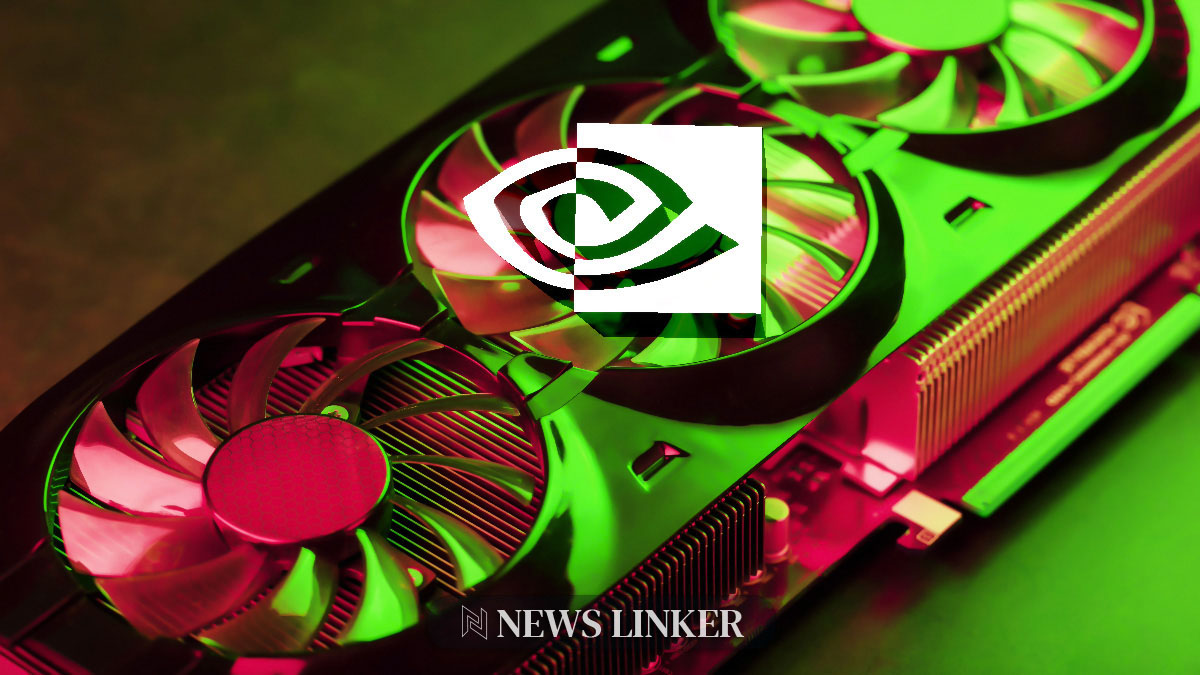Nvidia continues to hold a significant position in the technology market, primarily known for its superior graphics processing units (GPUs) used extensively in gaming and artificial intelligence (AI). Historically, the company has led the charge in these sectors, with a strong foothold particularly in the gaming industry, where it garners considerable revenue from its graphics card sales. Despite this, Nvidia is not without competition; companies like AMD, Intel, and Apple are rapidly encroaching on this territory, introducing their own innovative technologies aimed at capturing a share of Nvidia’s market.
Nvidia showcased an array of advanced technologies at its recent GTC conference, emphasizing its expansion beyond mere gaming into realms like AI-driven applications and data centers. Nonetheless, it’s the gaming segment that remains its largest revenue source, testament to its dominant position in this market. However, Nvidia’s command of the market is under threat as competitors launch products with similar or superior capabilities, particularly in graphics and AI chips. Apple’s new chips and Intel’s upcoming graphics processors are positioned as direct challenges to Nvidia’s supremacy in both the personal computing and broader tech arenas.
Strategies and Future Outlook for Nvidia
Despite the intensifying competition, Nvidia maintains several strategic advantages. Its comprehensive software ecosystem and specialized hardware offerings make it a tough competitor to outpace, particularly in AI applications where its products remain in high demand. Nvidia’s approach combines innovation in hardware with extensive software development, creating a ‘sticky’ product ecosystem that discourages customers from switching to competitors.
Moreover, Nvidia’s strategic focus remains on GPUs, distinguishing it from rivals like AMD and Intel, which split their focus between CPUs and GPUs. This specialization has allowed Nvidia to invest deeply in its core areas, driving forward its technology and maintaining a leadership position in the markets it serves. The company is also responding to competitive pressures by innovating in AI and machine learning, areas where its GPUs play a critical role beyond traditional gaming applications.
However, the competitive landscape is evolving. Companies such as AMD and Intel are not only enhancing their graphics capabilities but also targeting Nvidia’s stronghold in AI and data centers with their respective GPU solutions. Additionally, the rise of application-specific integrated circuits (ASICs) and in-house chip development by tech giants could pose new challenges to Nvidia’s dominance in the AI GPU market.
In conclusion, while Nvidia remains a leader in the GPU market, it faces growing competition from established tech companies and emerging players. The company’s continued success will likely depend on its ability to innovate and maintain the superiority of its hardware and software offerings in the face of these challenges. As the tech landscape evolves, Nvidia’s adaptability and continued investment in research and development will be crucial to maintaining its market position and driving future growth.










